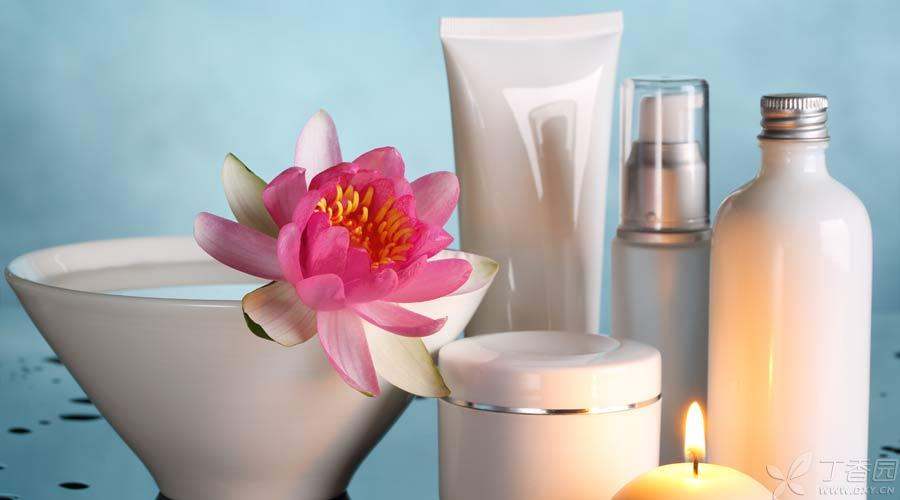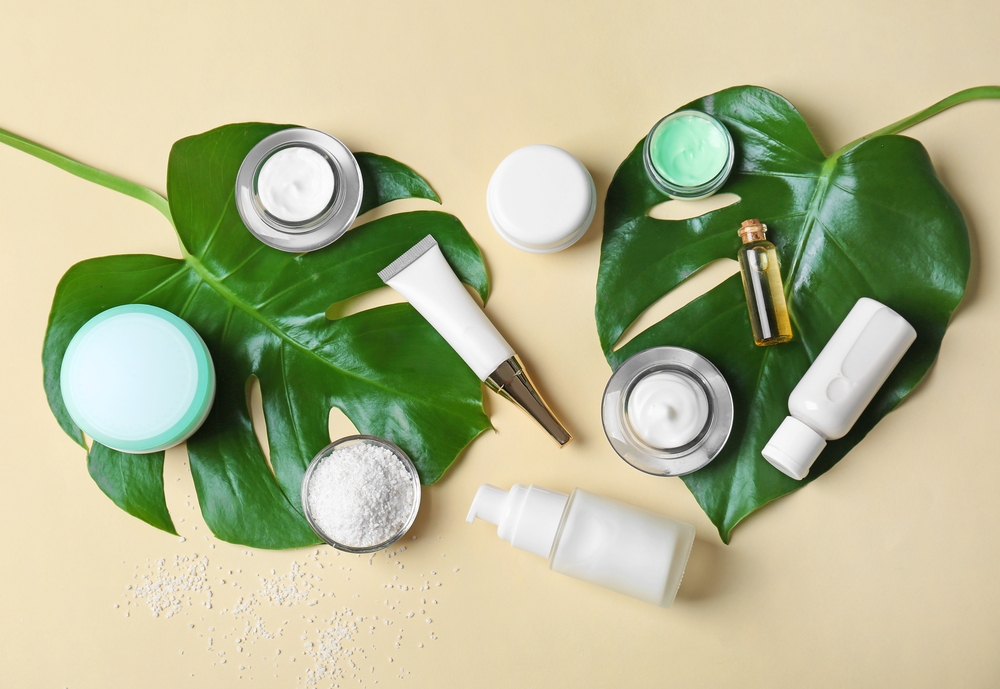
Every time I come down from the weight meter and joyfully tell my husband how much lighter I am, he will coldly ask, “Have you removed your makeup?”
Although I am angry every time, there is no way to deny the fact that cosmetics have become a necessity in my life.
Every month, the State General Administration of Quality Supervision, Inspection and Quarantine will announce to the public the list of [unqualified imported food and cosmetics in the current month], and every other quarter, it will inform the national product quality supervision and spot checks.
Every time the list is published, everyone is worried. Especially about the cosmetics test results, we often see a result of [the total number of bacteria exceeds the standard], which always makes people feel that the bottles and cans on the desktop have become a paradise for bacteria carnival.
How Avoid Your Cosmetics Becoming Bacteria Paradise?
1. Purchase [genuine]
As consumers, it is of paramount importance to choose formal brands with strict inspection qualifications by relevant international and national departments.
When buying from regular channels, you should avoid buying defective products with quality problems or products that are approaching the shelf life, and even more avoid buying fake products because of irregular purchases. If you buy or are using exposed problematic products, you should stop using them immediately, and then go to the counter to contact the manufacturer or brand to find a solution.
2. Choose Cosmetics with Reasonable Packaging
Cream cosmetics with large screw cap openings may have more exposure to air and bacteria than airtight extrusion cosmetics.
3. Use up within half a year
In the process of use, even if qualified and regular products are bought, in order to minimize the risk, skin care cosmetics should be used up as soon as possible (usually within half a year) after being used for the first time.
Step 4: Clean and take
When taking cosmetics, you should keep your hands clean, or use clean sticks, cotton branches or digging sticks to avoid bacteria entering.
5. Avoid [cross infection]
Finally, in order to avoid contracting pathogenic bacteria from others due to using the same box of cosmetics, it is better to use it yourself rather than sharing a bottle of products with others.
Do cosmetics need to be sterile?
In fact, cosmetics allow a certain number of bacteria to exist. Not all bacteria are harmful. Many bacteria are also [good bacteria] or [harmless bacteria]. Unless we are in an absolute vacuum, we cannot live in a sterile state, and in fact there is no need to do so.
The detection of the total number of bacteria in cosmetics is to understand and check the sanitary quality of cosmetics production process. If the sanitary conditions of raw materials, production equipment, production process and production personnel are poor in the cosmetics production process, the detection standard will immediately reflect that the higher the total number of bacteria, the higher the degree of contamination of cosmetics.
Therefore, the cosmetics and skin care products we use allow a certain number of microorganisms to exist. However, there are strict standards for their types and limits. The national standard for the standard examination method of cosmetic microorganisms (GB 7918.5-1987) has determination indexes for the total number of bacteria (the number of [living bacteria] contained in 1 g or 1 mL cosmetics), fecal coliform bacteria, Pseudomonas aeruginosa and Staphylococcus aureus.

Three kinds of bacteria are most likely to pollute cosmetics.
The total number of bacteria is a general description of cosmetic contamination. As mentioned earlier, this standard does not require the total number of bacteria to reach [0], but requires that the total number of bacteria should not exceed a certain limit. However, among the numerous microorganisms, the following three pathogenic bacteria are required not to be detected in cosmetics due to the possible danger. They are fecal coliform, Pseudomonas aeruginosa and Staphylococcus aureus.
Fecal Escherichia coli
As the name implies, fecal coliform bacteria are a group of intestinal bacteria that grow in the intestinal tract of human body and warm-blooded animals. They are excreted out of the body with feces, accounting for more than 1/3 of the dry weight of feces. Cosmetics contaminated by feces will be detected as this flora.
Pseudomonas aeruginosa
Pseudomonas aeruginosa, also known as Pseudomonas aeruginosa, is widely distributed in nature and can survive for a long time in humid places. It is more resistant to external environment than other strains, including dry environment, but it prefers cosmetics with high water content.
Once cosmetics contaminated by pseudoaeruginomonas are used, the bacteria can easily cause infection through mucous membranes or damaged skin. After entering the eyes, it may cause corneal infection and perforation. When there are burns, scalds or other trauma on the skin, the wound will deteriorate, green pus will flow out, and even septicemia will occur.
Staphylococcus aureus
Another bacterium that can cause suppurative infection of skin is Staphylococcus aureus. Its typical feature is to cause wounds to turn into golden pus, which comes from its own pigment and is also the origin of its name.
To prevent cosmetic pollution, start from the source!
If cosmetics have been contaminated from the factory, it will not help if we use them carefully.
In order not to let these bottles and cans become bacteria parks on your dressing table, manufacturers need to standardize the production process, including regular disinfection and testing of production equipment, regular physical examination of production personnel and safety training, etc.
But even through production control, The newly produced cosmetics have low bacteria content, However, in repeated unsealing and contact during use, It is possible to bring bacteria in the air into clean cosmetics, especially many cosmetics are rich in various nutrients. Water, sugar, fat and protein are all good hotbeds for bacteria. Therefore, qualified preservatives with appropriate usage must be added in production to ensure the safety of products from the first time they are opened to the time limit for use.
